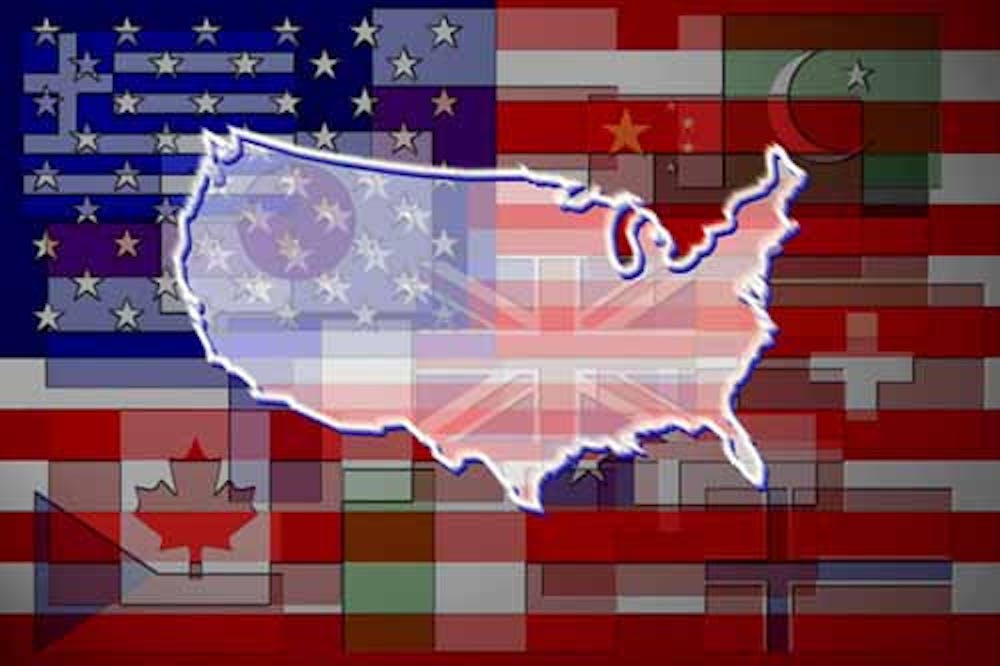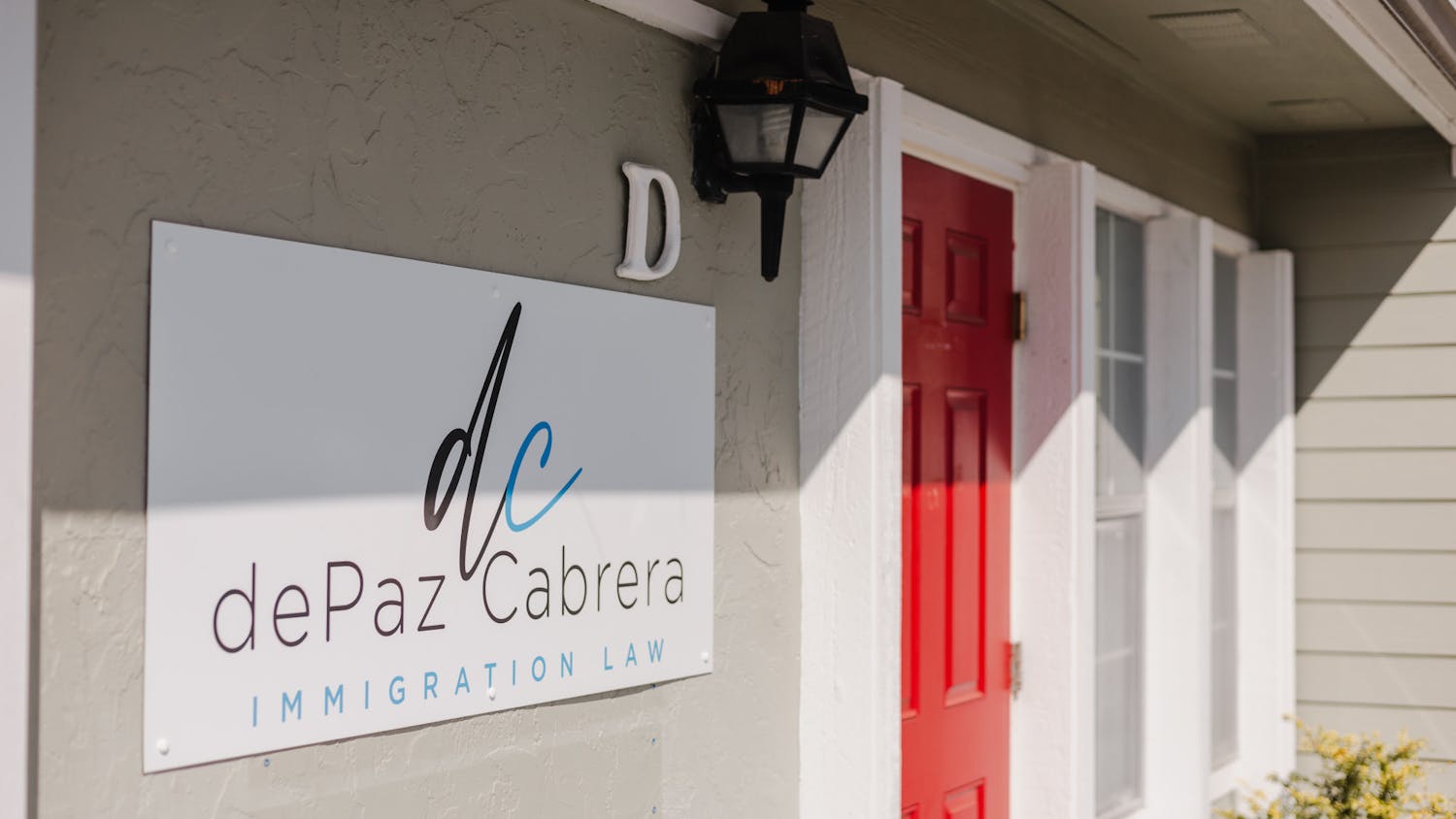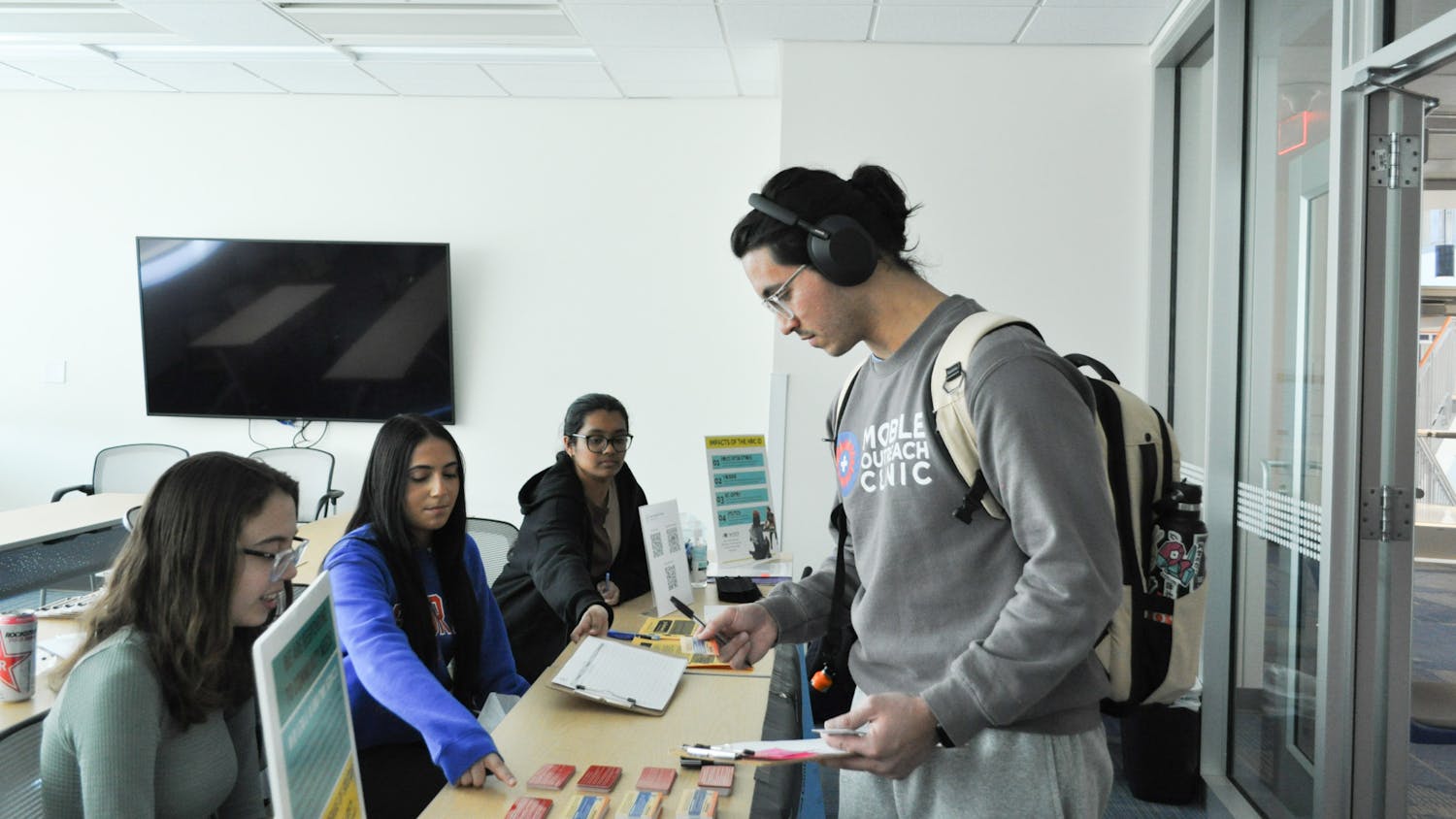Ethnic enclaves today receive just as much scrutiny as they did during the Gilded Age (the late 1800s).
Although today they do not tend to be pockets of extreme poverty or have anomalously high incidents of disease, ethnic enclaves do show variations in economic development and higher likelihood of criminal occurrences than in non-ethnically centered areas. According to the Washington Post, immigrants today, as compared to immigrants in the late 1900s, are more likely to be “underemployed and below the poverty level.” About 6 percent of newcomers receive welfare.
Nonetheless, enclaves still create the same advantage that they did in the past: a close-knit community of ethnically similar peoples who help one another and maintain their culture — to a certain extent. This helps immigrants assimilate (oddly enough) and become productive members of American society. In ethnic enclaves, more established members of the ethnic group may offer jobs, money and even free or reduced health care to new immigrants of the same ethnicity.
In addition to this juxtaposition, ethnic enclaves create another problem that they created during the 1800s: the fragmentation of the American people.
Ethnic enclaves no longer simply encompass the places people live. They also segregate people in places of worship, schools, shopping malls and other public locations. There are even “ethnic niches” in workplaces. Furthermore, these ethnic enclaves are occurring at the same time as what is called the “new white flight”, where American-born citizens leave cities when immigrants begin to arrive. According to the Washington Post, “New York and Los Angeles lost more than 1 million native-born residents from 1990-1995, as their population increased by the same numbers of immigrants.” A University of Michigan demographer, William Frey, stated that “for every Mexican who comes to Los Angeles, a white native-born leaves.”
Ethnic enclaves today vary not only by ethnicity but also by race. The majority of enclaves are created around Hispanic, Asian and black societies, and they are creating a new America. While whites are currently the majority in the U. S., making up 74 percent of the population, they are already the minority in Hawaii and New Mexico. According to demographers, they will soon be the minority in Nevada, Texas, Maryland, New Jersey, New Mexico and California.
According to the U.S. Census Bureau, by the year 2050, Hispanics will make up 25 percent of the population, blacks will make up 14 percent, Asians will make up 8 percent, and whites will be down to 53 percent — hardly a majority.
The growing ethnic tensions and segregation create the question of America’s reaction. How will these growing diverse groups cope when they start to impede on one another’s space?
Only time will tell.
Posts in Uncovering Immigration appear on Wednesdays.
Ethnic enclaves no longer simply encompass the places people live. They also segregate people in places of worship, schools, shopping malls and other public locations.





